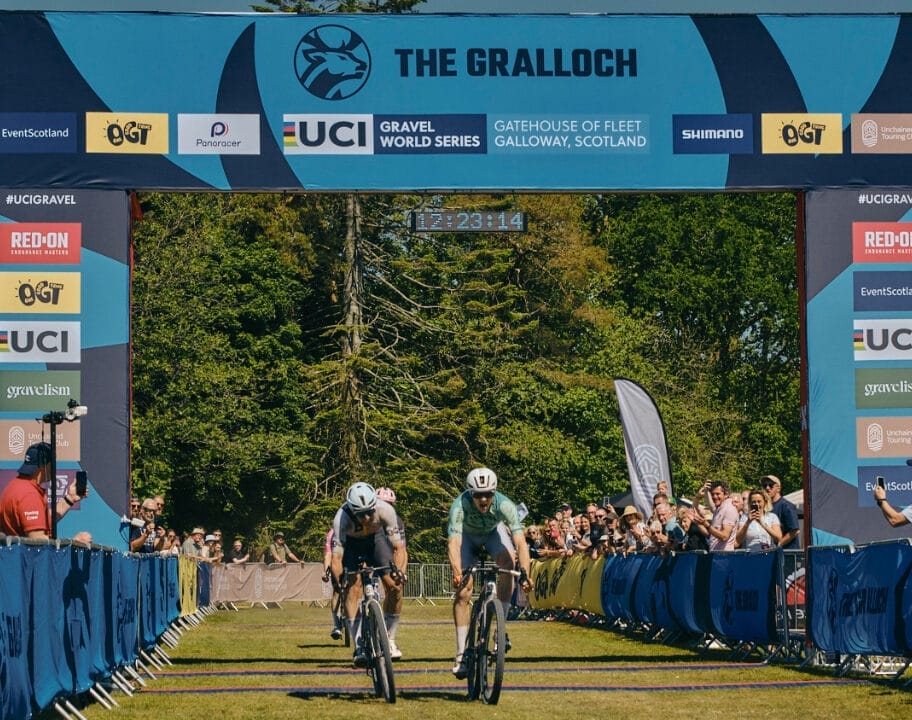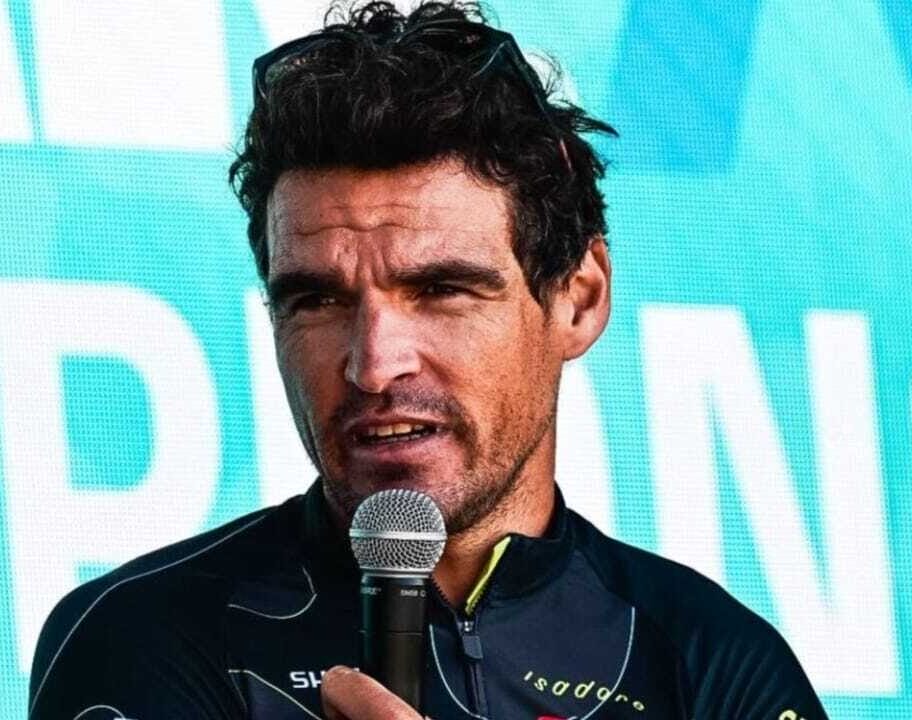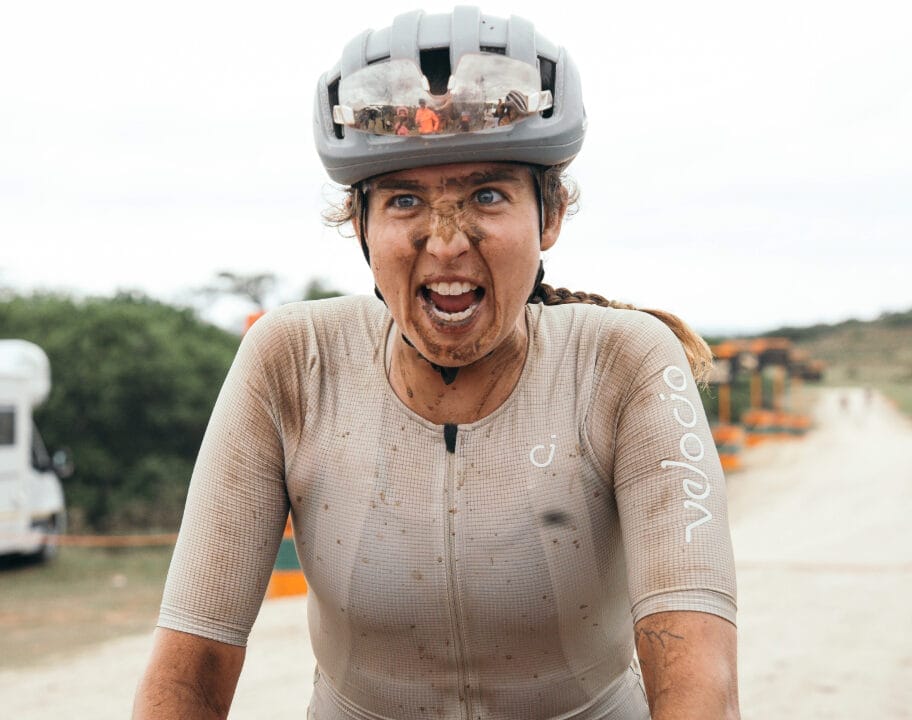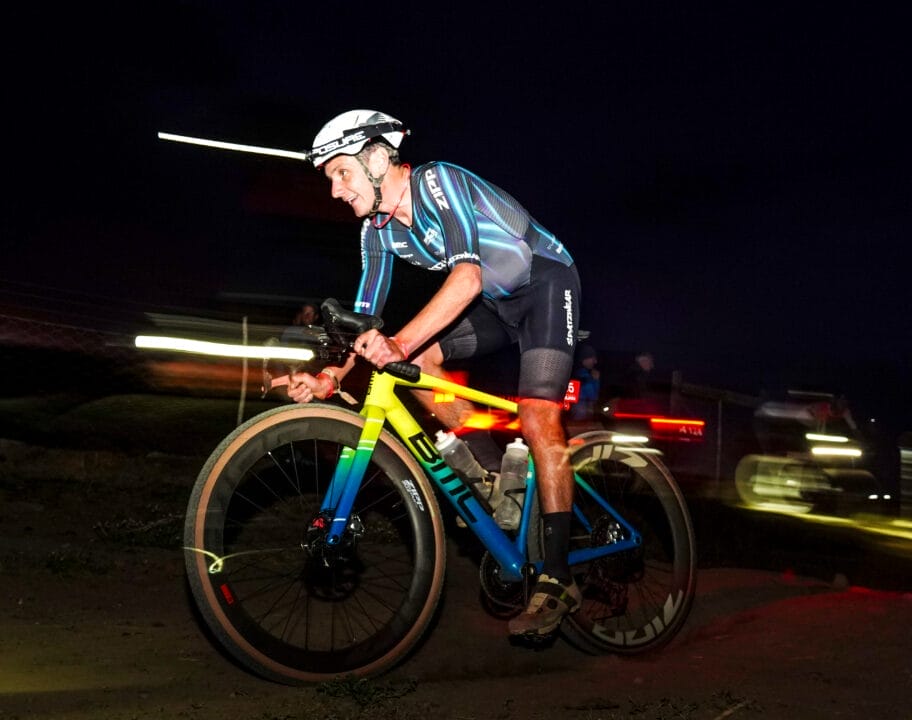There’s something about riding gravel and off road and the ability to explore off the beaten track and cycle through beautiful remote areas. But this sort of riding comes with its own set of challenges as smooth asphalt is replaced with rough, rocky and loose terrain.
From how to feel stable cycling on rough ground, to dropping tyre pressure, gear choice and tyre tread. Here are some top tips on building confidence when riding off road.
Start small
As with any confidence building, start with small rides and take the pressure off. Heading off on a long gravel ride on unfamiliar paths is unlikely to instil huge confidence but rather teach a ton of lessons in quick succession and could leave you less likely to try off road again.
Instead, be realistic about your ambitions. Riding the same path a few times on repeat to get used to the feeling of riding off road is a great starting point, as is a 20km ride, or any distance which works for you. Manage expectations that riding off road takes longer than on tarmac too.
When I was getting into gravel I rode the same off road route through Wimbledon common in London multiple times. It has a long rocky descent which I initially found challenging. I was nervous, unsteady and tense on the downhill, but doing it repeatedly meant I got better, and my confidence grew. Each time I rode down the descent my handling improved as I relaxed and loosened up.
Remember you are riding for you, and not the folks on Strava.
Loosen up
It’s easy to tense up and sit up when you are nervous on the bike. But doing so can raise your centre of gravity and limit the bike’s ability to flow beneath you. Instead, try loosening your shoulders, bending your elbows and relaxing your arms. This will help your body absorb the impact of the bumpy ground and allow the bike to move freely through the rough terrain.
If you are tensely gripping your bike, not only will your hands feel this impact, but it will be uncomfortable and more exhausting, so try to keep your hands relaxed too.
When descending, use the same technique as you would riding on the road. Move into the drops and shift your weight backwards to lower your centre of gravity. This will give you much more stability, and your legs will also absorb the bumps of the path.
It can also help to hover out of the saddle to give your bike freedom to move beneath you and take more of the edge off any bumps, especially if you haven’t got suspension on your bike.
Drop tyre pressure
It’s not just about dropping the pressure on yourself, but also your tyres. There’s always a debate over the best tyre pressure but the hard and fast rule for off road riding is lower is better, as this will help with traction, handling and comfort.
Typically, we advise inflating tyres to 30-50 PSi depending on the tyres you are running and the weight of the rider and system.
Riding rough, loose and slippery terrain can cause riders to slide and lose traction – so running a lower tyre pressure will reduce this and improve handling. Riding over tree roots can be particularly uncomfortable, so dropping tyre pressure can also help absorb these shocks and improve the overall comfort of your ride. Plus it will also help you ride over the tree roots faster.
Every tyre will list its minimum and maximum tyre pressure on its sidewall and many manufacturers offer extensive recommendations on tyre pressure for their products so it’s worth exploring these.
Gear choice
Riding with the right gears will help boost confidence off road, as you will have the tools to ride steadily uphill on uneven terrain.
The best gearing will give you low enough gears to climb steep off-road terrain and maintain an even cadence on loose surfaces, but also high enough gears so you can put in the effort on the flats.
Given the popularity of gravel riding, the major brands (Shimano, Campagnolo and SRAM) offer gravel-specific groupsets so there is a lot of choice. Add in the pros and cons of single (1×) and double chainring (2×) groupsets, and there is a lot to digest.
Personally, I like to keep things simple with a single chainring as it means a simpler setup, with no need for a front derailleur and less can go wrong. I use a SRAM Force AXS XPLR 1x groupset on my gravel bike with a 40t chainring with a 10-44 cassette. This is a standard gravel setup and suits my riding, giving me a nice range for tackling steep inclines off road while also allowing for some speed on the flat tarmac.
Tread carefully
Much like gear choice, it is also worth considering what tyres you are running. Having grippier tyres will give you more traction off-road.
Should you head to the likes of Utah on a gravel cycling holiday, then tyres with more aggressive tread will be a better choice and these will also fare well in muddy conditions.
If you are riding in the UK summer, it’s likely your routes will include a mix of asphalt and gravel so it’s worth considering a semi-slick tyre which will offer ample speed on both terrains. Semi-slick means with tread on the outer side of the tyre and a smoother inner for fast rolling on tarmac. If I had to choose one gravel tyre setup for UK riding and bikepacking it would be a semi-slick but it very much depends on your riding terrain.
Be prepared
Riding off road can mean an adventure as you take on trails which lead away from the beaten path and your usual café stops so ensure you are prepared for any eventuality.
This means having the right kit for mechanicals and punctures. Take a spare tube, patches, plugs (if running tubeless), a multitool and a pump at the very least.
Ensure your bike computer, lights, and gears are sufficiently charged (if running electronic gears) and you have plenty of water, snacks and layers if needed.
Knowing you are prepared will help instil confidence and ensure you can relax as you focus on pushing power into the pedals and enjoying the off-road ride.




